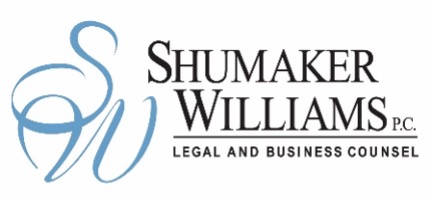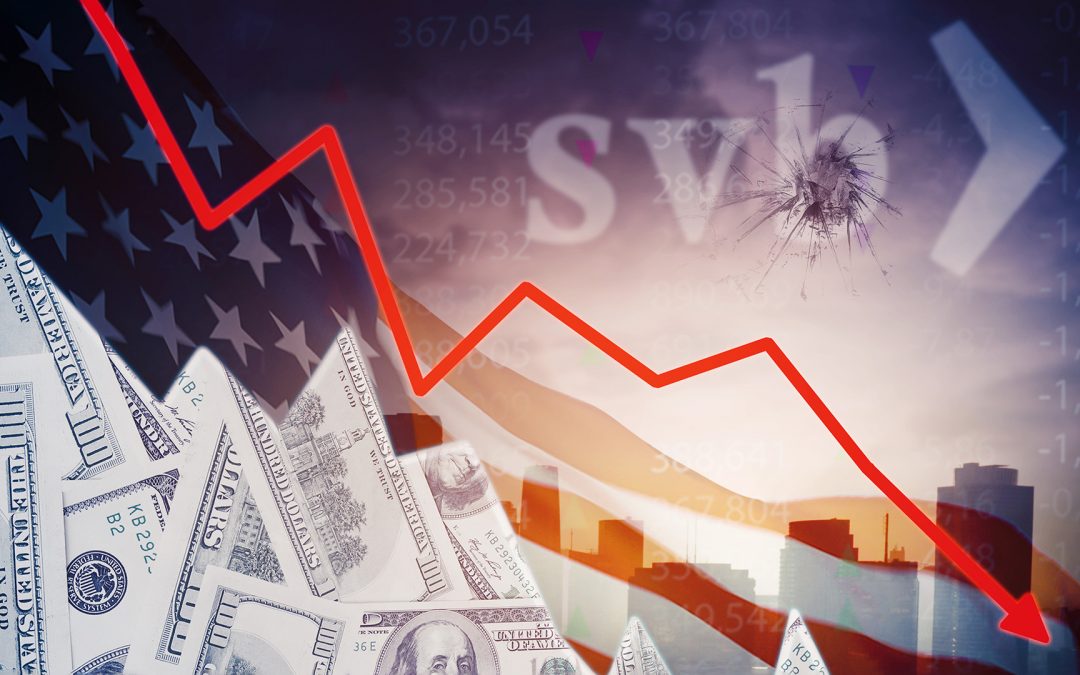
By Paul A. Adams, Esq.
Shumaker Williams P.C.
With all the national news coverage on the sudden demise and the FDIC resolution of Silicon Valley Bank (SVB), it would not surprise me that some of your customers asked about it. The quickly scheduled congressional hearing separately with banking regulators and executive officers of SVB and Signature Bank were not a walk in the park for these executives or federal banking regulators. The Federal Reserve (FED) promised a separate review which culminated in more than a 100-page report under Michael Barr’s supervision issued April 28, 2023. All of this resulted in bad publicity for our industry.
To resolve the problem caused by these two failures, the Treasury Department invoked the “systemic risk exception” to deviate from the “least cost” requirements to resolve these failures in the expedited manner and incurring costs of $20 billion to the FDIC funds. This situation was precipitated by SVB that in its year-end call report was “well capitalized” and had $1.2 billion in cash. This balance sheet and cash reserves did not prevent SVB’s customers from withdrawing $42 billion of deposits March 9, 2023. The FDIC estimated another $100 billion withdrawal request would have been made the next day if it had not placed SVB in receivership March 10. We all knew that a business model of investing in fixed-rate treasuries, having an inverted yield curve and the uninsured deposits was a recipe for bad results. The marketplace could see the write downs in the “available for sale portfolio” and knew there could be further write downs if assets in the “held to maturity” portfolio would be worse. This is why when SVB failed to raise new capital March 8 in the amount of $175 billion, the withdrawal requests accelerated.
The bridge bank, named Silicon Valley Bridge Bank, N.A., assumed all of SVB’s deposits, and with the “systemic risk exception,” all deposits were fully insured. This, in the federal regulator’s viewpoint, was necessary to stop the contagion impact on other similarly sized banks. The market stabilized over the next two weeks, and the FDIC sold most of SBC to First Citizens. This deal insulted First Citizens from most of the risk through a stop loss guarantee and a generous liquidity facility in the event of further withdrawal requests.
The FED April 28 report acknowledged some responsibility for failure to require timely action to it examiners’ finding of the interest rate mismatch. The examiners identified many of the risks, and there was a proposed memorandum of understanding. I leave it to the “talking heads” to debate whether the relaxation of the Dobb Frank standards in 2018 versus the established stress tests would not have identified the problem were more at fault. The real regulatory take away was that no bank had experienced such withdrawals fueled by social media. This is a new risk that must now be considered. The industry needs to be ever vigilant to customers’ behavior changes. The additional conclusion is that our regulators understood that the community banks did not cause this. The FDIC’s costs for the First Citizens deal required its funds to be replenished. The FDIC’s new proposed charges exempt community banks. That is why PACB and ICBA are to be commended for driving home the point that community banks have different business models with a different risk profile. We need to have a differentiated regulatory scheme to reflect that basic economic reality. Without winning that point, we all could have been paying more to address the SVB debacle or worse yet, deposit insurance could have increased with FDIC premiums being increased for all.





